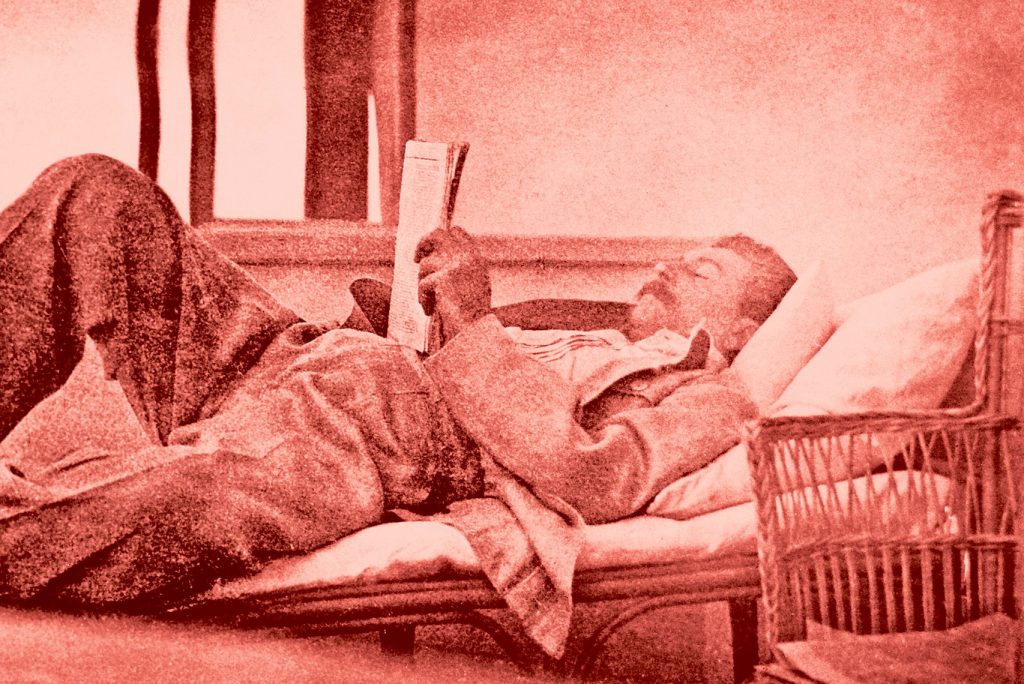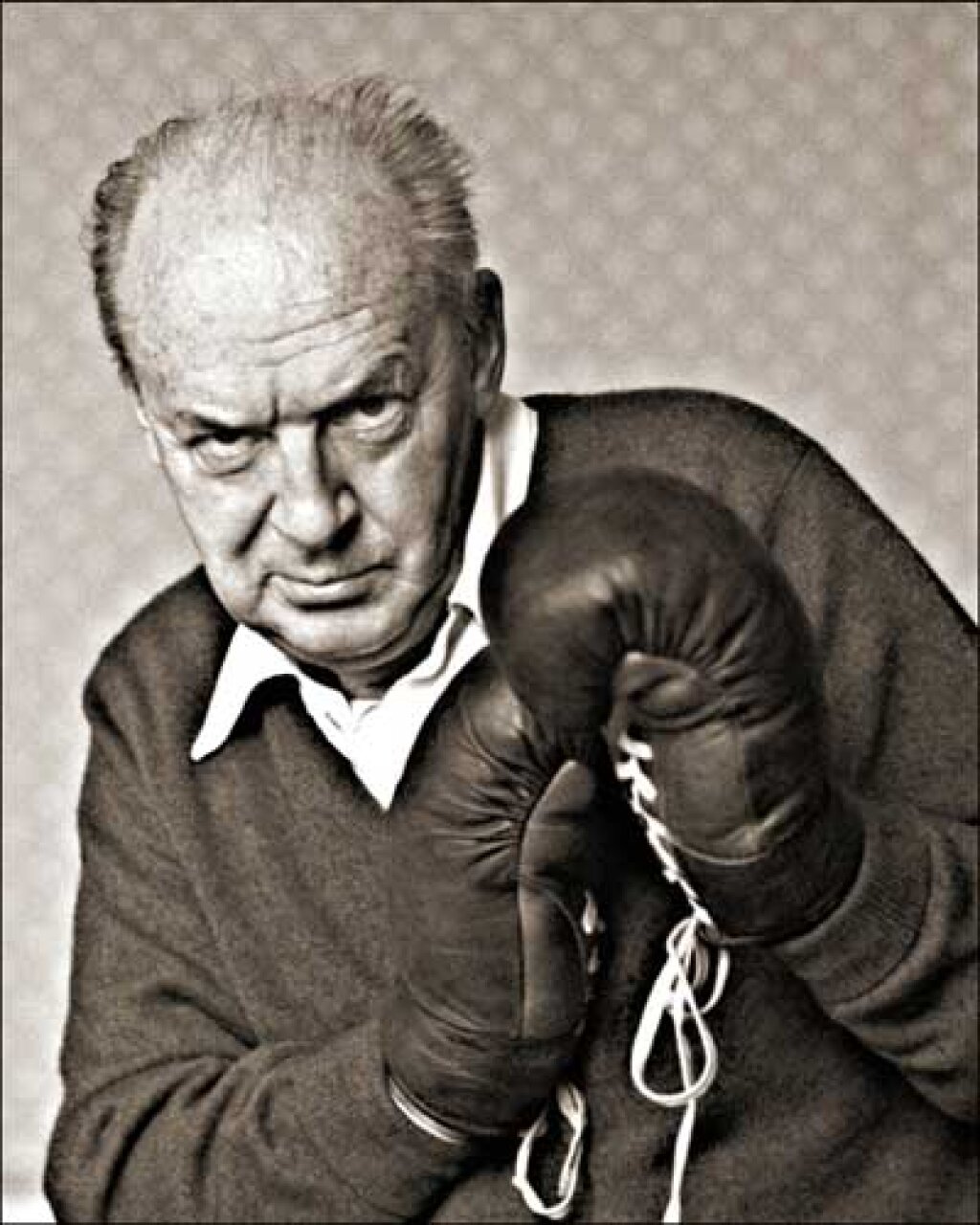Dr. Esuna Dugarova is a visiting scholar at Columbia University and a visiting professor at the National University of Mongolia. She also serves as a policy advisor at the United Nations in New York. This post derives from her article, “Buddhism, Power, Identity: The Transnational Buryat Buddhist Living Tradition,” which appeared in Europe-Asia Studies in 2023.
A brief historical overview
Buryatia, a region in southern Siberia situated along Lake Baikal on the border with Mongolia, has been a center of Buddhism in Russia over the past three centuries. Buddhism was introduced to Transbaikalia via cross-border interactions in the mid-seventeenth century. Earlier contacts of Mongolic peoples with Buddhism likely occurred during the Uighur period in the second half of the first millennium and during the emergence of Tibetan Buddhism in the Mongol Empire in the thirteenth century and its widespread adoption in the sixteenth century.
At that time, various Buryat-Mongolian tribes were integral to the Tibetan Mongolian Buddhist space. As Buddhism spread in Transbaikalia, it served as a reference point for common identification among the Buryat-Mongols. Datsan (Buddhist monasteries) created the environment for the development of education among local people, with monastic schools becoming crucial to cultivating literacy in Mongol bichig, the classical Mongolian script and the Buryat-Mongols’ written language at that time. At its peak in the early twentieth century, Buddhism had developed a robust system of 44 datsan with 160,000 adherents. The number of lamas grew from 600 in the 1770s to nearly 16,000 in 1917. Participation in Buddhist services and khural (ritual assembly) was overall gender-balanced. For example, in 1841 the Sanaginskii datsan recorded 2,623 men and 2,372 women.
During the Soviet era, the communist regime prohibited Buddhism, including its teachings and practices. Buryatia was perceived to pose special problems to the government. Not only was it home to the most populous native community in Siberia, with a strongly developed national consciousness, but it was also a frontier region linked ethnically with Mongolia and culturally, via Buddhism, both with China and Japan.
In the 1920s, the Buryat-Mongolian leaders Agvan Dorzhiev, Tsyben Zhamtsarano, and Bazar Baradiin attempted to find a compromise with the Soviet authorities and led reforms advocating a modernized Buddhist institution based on the synergy of Buddhist learning and European science. However, in the face of fierce anti-religious campaigns across the Soviet Union, by 1940, Buddhism in its institutionalized form practically ceased to exist, lamas were imprisoned and repressed, Buddhist services were prohibited, and the lands and property of datsan were confiscated.In 1948, only 565 lamas were recorded.
Despite the official ban, the Buddhist tradition was nonetheless kept alive. At home, Buryat-Mongols were reading mantra (sacred utterances), secretly sharing Buddhist knowledge with their household and community members, and discreetly practicing oboo takhilga—a Buryat-Mongolian tradition tracing back to pre-Buddhist times that entails the worship of spirits serving as custodians of the area.
The legacy of Buryat-Mongolian Buddhists and the Buddhist revival in Buryatia
Prior to the mid-twentieth century, some Buryat-Mongolian monks pursued their studies in Tibet, where they reached highest educational levels and held top ranks in the Tibetan monastic hierarchy. For example, Galsan Legden Arzhigarov (1902-1962) and Agvan Nima Tsydypdorzhin (1907-1990) served as the 69th and 72nd abbots of the Drepung Gomang datsan, respectively. Dagpo Rinpoche recalled in my interview with him that, when he arrived in Gomang in 1955, “there were four main teachers in the monastery, of whom three were Buryat-Mongols—Galsan Legden, Tubden Nima and Agvan Nima—and virtually everybody was their disciple.” Through teaching and training thousands of monks who, in turn, taught other monks within and beyond national borders, “their excellent teachings passed on from generation to generation, thereby contributing to the preservation of Buddhism.”
Following the collapse of the Soviet regime, Buryatia entered a new era characterized by efforts to revive Buddhism. As Gonchok-lama from the Tamchinskii datsan pointed out, “One can destroy buildings, but not a faith that runs so deep.” Perhaps thanks to such faith, some Buryat-Mongolian lamas managed to survive repression, camps, and exile, and returned to their datsan to revive pre-existing Buddhist services and khural. While many Buryat-Mongolian Buddhists today are characterized by deep-seated faith manifested in ritual practices, increasingly more Buryat-Mongols study Buddhist philosophy.
The primary focus of revitalization work has been the recreation of Buddhist infrastructure. In 1991, there were 12 functioning datsan, and the Buddhist University Dashi Choinkhorling was established in the Ivolginskii datsan. Currently, there are an estimated 56 Buryat datsan and dugan in the country. One can also see glowing oil lamps on altars across Buryatia and hear enchanting mantra based on the Mongolian script in places like the Khuzhirskii datsan in the Tunkinskii raion.
A new trend in the post-Soviet renaissance of Buddhism in Buryatia is that the majority of Buddhists adherents are women. They account for around 70% of participants in khural and teachings in Buryatia, and 90% of Buryat-Mongolian pilgrims in India. The feminization of lay Buddhism, in my view, can be attributed to a larger shift in social norms and gender roles underpinned by state ideology and socio-economic conditions.
The Soviet state promoted a model of working mothers in order to achieve its economic and demographic objectives, which led to an expanded scope for women as workers, mothers, and caregivers in the post-Soviet period amid a neoliberal approach to welfare provision with limited state support and shrinking resources. These arrangements have served to maintain, rather than transform, the status quo of gender power relations.
In Buryat-Mongolian society, women’s workload has included an additional responsibility, which I call “faith-based care work.” This work entails women’s participation in Buddhist activities, from prayers to community service, on behalf of their families. At the same time, in light of widespread working poverty and a lack of good jobs, especially in rural areas, many working-age men have taken “fly-in fly-out jobs” over the past several decades. As a result, men may be away for months at a time, leaving women to care for the home. Moreover, women generally outlive men, with men accounting for only just over a third of people of retirement age in Buryatia. These socio-economic factors explain gender-disproportionate participation in Buddhist activities, a reversal of the pre-Soviet pattern.
Women’s prevalence in the lay Buryat-Mongolian Buddhist population, however, has not led to a rebalancing of power relations in male-governed Buddhist structures. Women practitioners preserve the Dharma as followers rather than teachers and are underrepresented in Buddhist institutions. Nonetheless, women exercise their agency through social organization and community leadership by conducting Buddhist practices and supporting datsan restoration efforts and the well-being of the Sangha. These activities include painting monasteries, thangka sewing, and daily routine maintenance like cooking and bookkeeping.
Beyond the human realm, feminine power is exerted at the level of deities in the Buddhist pantheon, as exemplified by Baldan Lhamo, one of the most widespread sakhyuusan (protector deity) in Buryatia. These multidimensional activities by female representatives, while taken for granted by the population, are fundamental to sustaining Buddhism within and beyond national borders.








